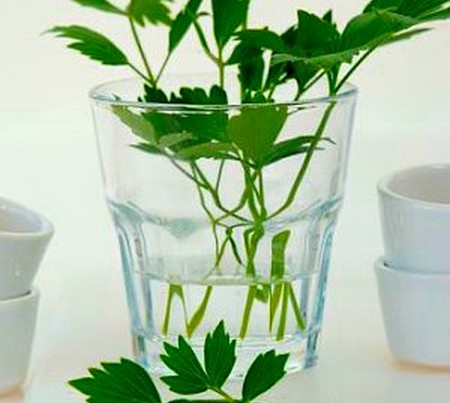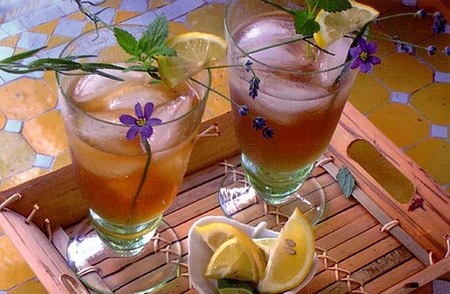Even in the twenty-first century, there are places on earth where there are no reliable sources of pure drinking water. While most of us can pick up a bottle of water at the corner store of find one in our own fridge, people in some countries must purify their water using methods that are ancient and far less than reliable.
Scientists have found artifacts that discuss water purification rituals, which date back over four thousand years. Over the millennia, different people evolved their own solution to purifying water for drinking. In some civilizations, sand or metals were used to purify the water. Some people filtered the water, while others boiled it. But a few people started using plants to clean and purify water.
Now, plants that grow in water do perform a certain amount of housecleaning. Just like plants on land, they emit oxygen and that’s a big help. In addition to the water lilies and reeds that grow in water, specific plants added to water have been used for purification for centuries. While we may not be familiar with these herbs, they are important to those who have employed them as water purifiers for years. Amla and khus are two herbs commonly associated with this type of work. Amla is actually related to rhubarb and Khus is a reed-lie herb about which little is known. Indigenous to Asia, these herbs are still being used to purify water even today.
The process often involves straining the water into jars, putting the herbs into those jars and covering it. The length of time these herbs are steeped in the water varies. But after several days up to several weeks, the water is then strained into a clean jar and then safe to drink. Unfortunately, no scientific studies have been done to verify the effectiveness of this process in ridding the water of harmful bacteria.



